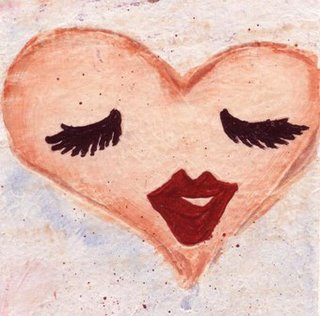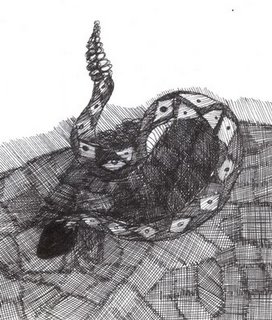Hoot Owl

The Hoot Owl is currently on display at the "Natural History of the Undescribed Birds" show at Patrick Henry Community College in Martinsville, Virginia. Thirteen birds from the show have been selected for a monthly wall calendar featured at the Scratch House Cafe Press shop, with the Hoot Owl gracing the back-to-school month of August. Other birds featured in the calendar include the Tifted Tuttlebird (the thirteenth bird, on the cover), the Thanksgiving Turkey (in November), and several others (some that have been pictured on this site, and some that have not).
The Scratch House Cafe Press shop also has the Hoot Owl on several T-shirts (kids & adults), fridge magnets, and a cool wall clock.














 Virginia Timber Rattler
Virginia Timber Rattler
